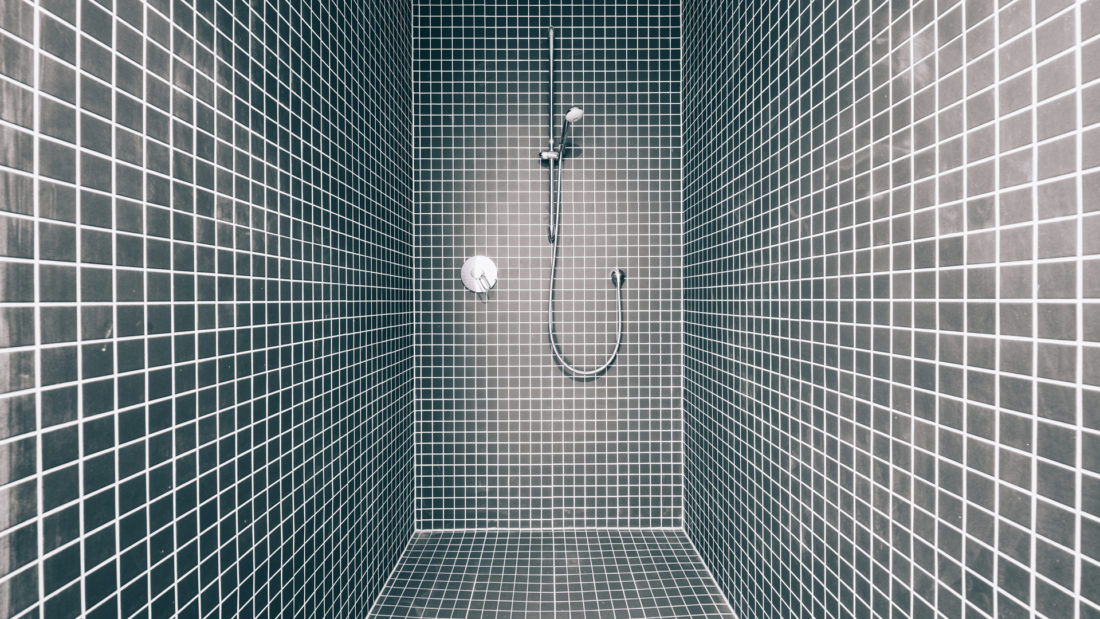
A Brief History of Cleanliness
What is the longest time you could go without a shower or a bath? Whether we shower several times a day or once every other day, we all know how important it is to clean up regularly. It keeps the bacteria at bay, and gets rid of unwanted body odor. The logistics are simple enough: shampoo goes on your hair, and soap/shower gel takes care of the body. What about our ancestors? Was it always this easy to get our hands on soap? Did medieval knights take baths once a week, or once a year?
Ancient History
Humans were cleaner than you might expect during Ancient History. Evidence of soapmaking can be found as early as 3000 BC, when Sumerians priests boiled animal fats and ashes to clean themselves1. The Ebers Papyrus, one of the oldest medical documents in history (dating back to c. 1550 BC), explains that Egyptians bathed daily, using a combination of animal and vegetable oils with alkali salts, which formed a soap-like material2. Ancient Greeks also bathed for aesthetic reasons, but they used blocks of clay and sand instead of soap. Personal hygiene remained important in Ancient Rome, where Romans built the magnificent baths tourists still visit today.
The Middle Ages
Rome took its hygiene practices down with it when it fell, and the consequences were felt throughout Europe. Filth spread across the continent and took its toll on public health, culminating in the devastating plagues of the Middle Ages. The Black Death claimed approximately 30-60% of Europe’s population in the 14th century. It can’t all be attributed to a lack of personal cleanliness, but a bath or two couldn’t have hurt anyone. At the time, soap was still very much a luxury item, and was taxed accordingly, leaving only a fortunate few able to purchase it. That is not to say that most people never bathed. Sure, only the wealthy could enjoy private baths, but by the 13th century commoners had access to public baths in many European cities – Paris alone had 32 such baths.4 That practice faded quickly in the 16th century, perhaps the byproduct of rapidly spreading puritanical views that frowned upon promiscuity, or maybe a result of the fear of another plague epidemic.
The Soap Revolution
Around the end of the 18th century, advances in chemistry suddenly lowered the cost of soap production. The Industrial Revolution made it possible to produce this cheap soap on a massive scale. No longer a luxury item, it became widely available by the middle of the 19th century. Back then, soap was made by combining fats with soda ash. World War I depleted fat stocks, leading Germany to develop a synthetic detergent that could combine with soda ash instead of the fats. The basic chemistry of soap has not changed much since then. Instead, research has been going into the wide range of different soaps and detergents that can be produced, and their various uses (think of all the different kinds of shampoos you can buy today – tearless shampoo, dry shampoo, dandruff shampoo, damaged hair shampoo, and more).
Our ancestors were not necessarily as dirty as we often think they were, but we have many reasons to be glad personal hygiene is not the struggle it used to be.
